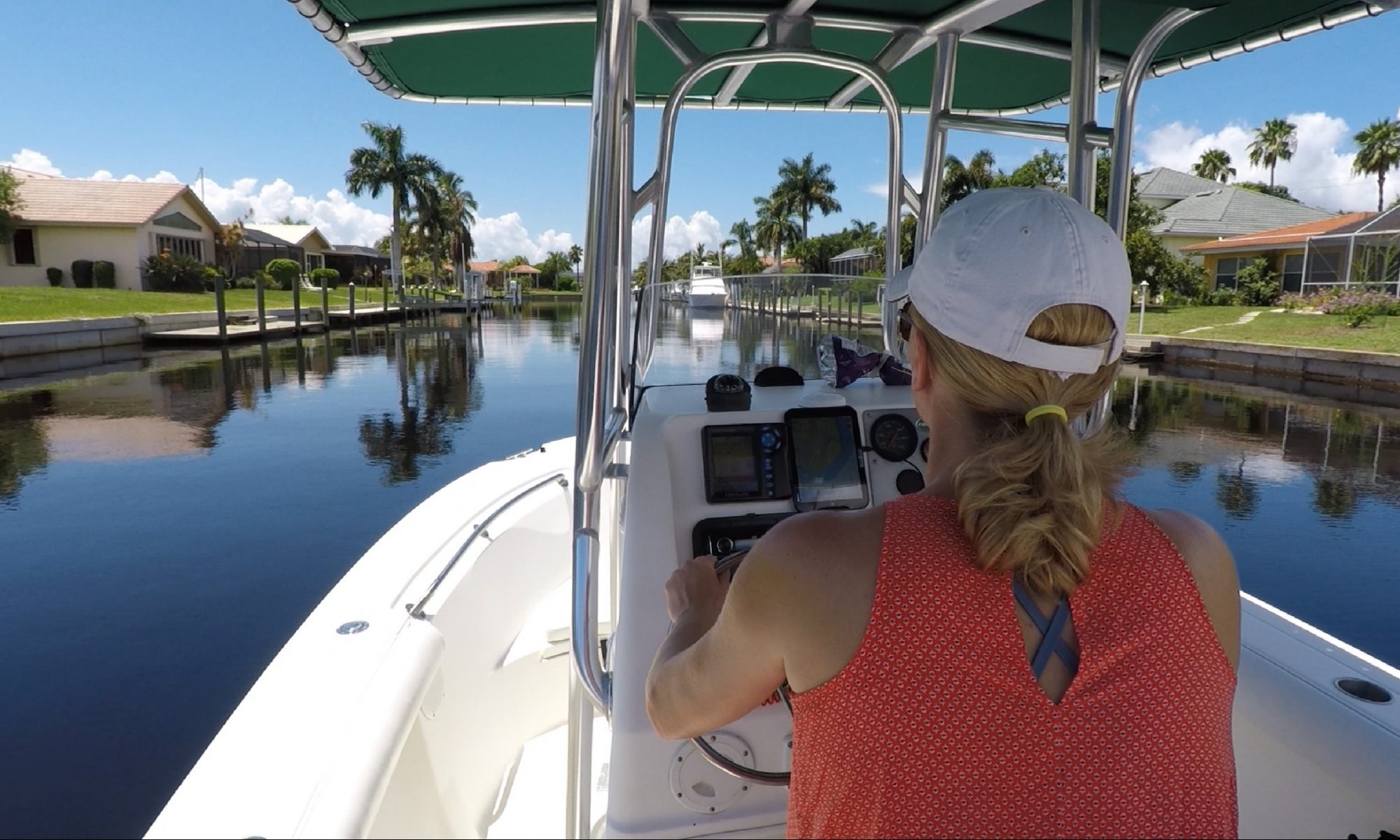The Okeechobee Waterway is a man-made waterway located in the state of Florida, USA. It stretches from the Atlantic Ocean to the Gulf of Mexico and covers a distance of approximately 140 miles. The waterway was created to provide a navigable route for ships, barges, and other vessels that needed to travel between the east and west coasts of Florida.
The history of the Okeechobee Waterway can be traced back to the late 19th century, when Florida was experiencing a significant population boom. This growth, along with the state’s expanding agricultural and industrial sectors, led to an increased demand for a reliable means of transporting goods between the two coasts. In response, the U.S. Army Corps of Engineers was tasked with creating a waterway that would connect Lake Okeechobee to both the Atlantic Ocean and the Gulf of Mexico.
Construction of the Okeechobee Waterway began in the early 1920s and was completed in 1937. The project involved digging a series of canals and locks that would allow vessels to travel from one coast to the other without having to navigate around the state of Florida. The waterway was designed to provide a safer and more efficient means of transportation, as well as a means of flood control for the surrounding area.
Since its completion, the Okeechobee Waterway has played an important role in the economic growth of Florida. The waterway has become a major shipping route for goods, such as agricultural products and building materials, and has provided a reliable means of transportation for commercial fishing boats, recreational boats, and other vessels. The waterway has also become a popular tourist destination, attracting thousands of visitors each year who come to enjoy the scenic beauty and recreational opportunities that it provides.
In the decades following its construction, the Okeechobee Waterway has undergone a number of improvements and upgrades. The locks and other infrastructure have been regularly maintained and improved, and new technologies have been implemented to improve navigation and safety. The waterway has also been the subject of ongoing efforts to control the spread of invasive species, such as the giant salvinia, which can harm the ecosystem and impact the water quality.
Despite its many benefits, the Okeechobee Waterway has faced a number of challenges over the years. One of the biggest challenges has been the impact of storms and hurricanes, which have caused damage to the locks, canals, and other infrastructure. The waterway has also been affected by environmental concerns, such as the need to control the discharge of pollutants into the water and the impact of development on the surrounding ecosystem.
Despite these challenges, the Okeechobee Waterway remains an important asset for Florida and continues to play a vital role in the state’s economy. Today, the waterway is widely recognized as one of the most important waterways in the United States, and it continues to provide a vital connection between the east and west coasts of Florida. Whether as a shipping route, a tourist destination, or simply a place to enjoy the beauty of Florida’s natural environment, the Okeechobee Waterway remains a key part of the state’s history and heritage.Regenerate response
